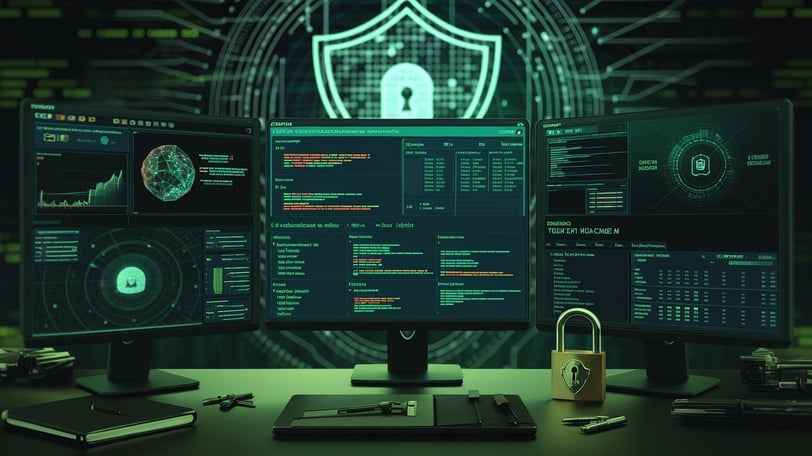Mastering Ethical Hacking: Tools, Techniques, and Takeaways
Ethical hacking is the cornerstone of modern cybersecurity. It's about outsmarting malicious actors by thinking like one—legally and responsibly. This post explores the essential tools, techniques, and experiences that have shaped my journey in ethical hacking.
5/8/20241 min read


Section 1: Tools of the Trade
Kali Linux: A powerhouse for penetration testing, packed with tools like Nmap, Metasploit, and Wireshark.
Burp Suite: My go-to for web vulnerability analysis.
OWASP ZAP: An indispensable tool for web application security.
Highlight: "Every tool I use is a step toward making the digital world safer."
Section 2: Techniques I’ve Mastered
Reconnaissance: Mapping out potential vulnerabilities in target systems.
Exploitation: Simulating real-world attacks to uncover security flaws.
Reporting: Translating technical findings into actionable solutions for stakeholders.
Section 3: Lessons Learned
Think Like an Adversary: It's not just about the tools but the mindset.
Collaboration Is Key: Cybersecurity is a team sport; knowledge sharing is critical.
Always Stay Ethical: Following responsible disclosure policies builds trust and credibility.
Conclusion:
Ethical hacking isn't just a skill—it's a responsibility. As I continue to grow in this field, I’m committed to using my knowledge to strengthen defenses and inspire others to join the fight for a secure digital future.
Unveiling the Art of Ethical Hacking: Tools, Techniques, and Insights to Safeguard the Digital World
